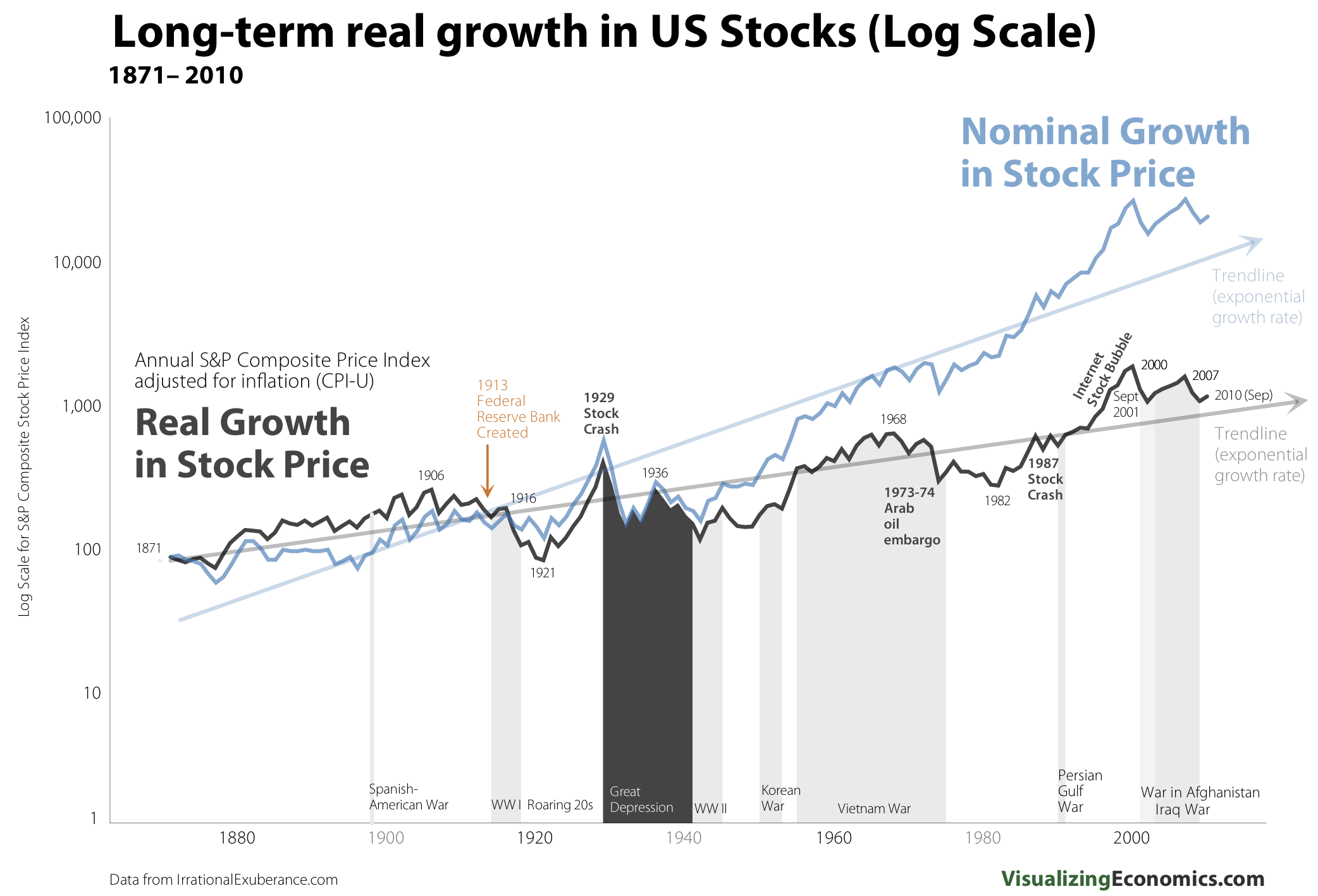This has been discussed at http://www.businessinsider.com/moodys-ceo-dumped-stock-sec-wells-notice-2010-5, but I have not seen a chart or timeline of events.
March 18, 2010 – SEC issues Wells notice to Moody’s but public does not know
March 18, 2010 – March 26, 2010 Warren Buffett sells > 1,000,000 shares of Moody’s
May 7, 2010 – Moody’s discloses Wells Notice and stock is down 28% from Buffett’s sales price

Also, the interesting phenomenon is the huge selloff while the public was completely unaware of the Wells notice. Who else knew? S&P 500 did not turn down until the end of April 2010, so that is not an adequate explanation.
For the R Geeks here is the code (I cheated on two of the labels):
library(quantmod)
library(TTR)
library(PerformanceAnalytics)
tckr<-"MCO"
start<-"2008-06-30"
end<- format(Sys.Date(),"%Y-%m-%d") # yyyy-mm-dd
# Pull tckr index data from Yahoo! Finance
getSymbols(tckr, from=start, to=end)
MCOdaily<-dailyReturn(MCO)
Return.cumulative = cumprod(1+MCOdaily) - 1
Return.cumulative = (1+Return.cumulative) * 34.44 #price of MCO at start of period
colnames(Return.cumulative)<-c("Moody's")
chart.TimeSeries(Return.cumulative, colorset = "darkblue", legend= NULL, period.areas = cycles.dates, period.color = "lightgreen", event.lines = risk.dates, event.labels = risk.labels, event.color = "red", lwd = 2, main="Moody's Stock Price",sub="Green Shaded Represents Sales",xlab=NULL)
abline(h=15.87,col="red",lty=2)
cycles.dates = list(
c("2009-07-21","2009-07-22"),
c("2009-09-01","2009-09-02"),
c("2009-10-28","2009-10-29"),
c("2009-12-07","2009-12-18"),
c("2010-03-18","2010-03-26"),
c("2010-09-10","2010-09-20"),
c("2010-10-12","2010-10-21"))
# Event lists - FOR BEST RESULTS, KEEP THESE DATES IN ORDER
risk.dates = c("2008-11-07","2010-03-18","2010-05-07")
risk.labels = c("Buffett buys 31.5mm shares for $499mm","SEC issues Moody's Wells","Moody's reports Wells")
45 minutes



















